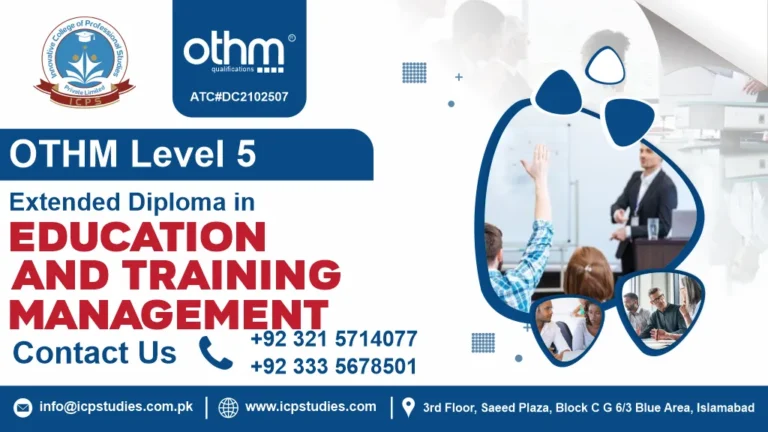In industries where heavy lifting and precise maneuvering are commonplace, the role of a rigger is indispensable. Rigging professionals are responsible for safely moving and positioning large, heavy loads using various equipment and techniques. To excel in this crucial role and ensure workplace safety, acquiring the right skills and qualifications is paramount. This is where the Level 2 Award in Rigger comes into play, offering a comprehensive training program to equip individuals with the knowledge and expertise needed to excel in this demanding profession.
The Level 2 Award in Rigger is a structured training program designed to provide participants with a solid foundation in rigging principles, techniques, and safety protocols. Whether you’re a novice looking to enter the field or an experienced rigger seeking to enhance your skills, this course offers invaluable insights and practical training to help you excel in your role.
The Level 2 Award in Rigger offers a pathway to success for individuals aspiring to excel in the dynamic and challenging field of rigging. By providing comprehensive training in rigging principles, safety protocols, and practical skills, this course equips participants with the tools they need to thrive in their roles and contribute to a safe and productive work environment. Whether you’re embarking on a new career path or seeking to advance your existing skills, investing in the Level 2 Award in Rigger is a step in the right direction towards professional growth and success.
All About Level 2 Award in Rigger
Course Overview
The Level 2 Award in Rigger is a structured training program designed to equip individuals with the knowledge, skills, and qualifications necessary to work as riggers in various industries. Rigging involves the safe lifting, moving, and positioning of heavy loads using specialized equipment and techniques. This award provides participants with a solid foundation in rigging principles, safety protocols, and practical skills, enabling them to perform rigging operations effectively and safely.
Upon successful completion of the training program and assessment, participants typically receive a recognized qualification or certification, demonstrating their competency in rigging principles, safety protocols, and practical skills. This qualification enhances their employability and credibility as rigging professionals and enables them to pursue career opportunities in a wide range of industries, including construction, manufacturing, logistics, and entertainment.
Study Units
To enroll in the Level 2 Award in Rigger course, candidates should meet the following entry requirements:
- No Formal Prerequisites: There are no specific prerequisites, making the course accessible to all interested participants.
- Basic Understanding of Lifting Operations: Familiarity with basic rigging techniques and lifting equipment is beneficial but not mandatory.
- Age Requirement: Participants must be at least 16 years old.
- Language Proficiency: Proficiency in the language of instruction is necessary for effective comprehension of course materials.
- Commitment to Learning: A willingness to engage with the course content and apply knowledge of rigging practices.
These requirements ensure that candidates are prepared to engage with the course and develop foundational skills in rigging.
The Level 2 Award in Rigger course is designed for:
- New Riggers: Individuals starting their careers in rigging and lifting operations.
- Construction Workers: Those in the construction industry looking to enhance their skills in rigging.
- Site Operatives: Staff involved in lifting operations who want a foundational understanding of rigging techniques.
- Apprentices: Individuals undergoing training in related fields who wish to gain practical rigging knowledge.
- Health and Safety Enthusiasts: Anyone interested in learning about safe rigging practices.
This course is ideal for anyone seeking to build essential skills and knowledge in rigging to support safe lifting operations.
Learning Outcomes
- Entry-Level Workers: Individuals who are new to the rigging industry and wish to gain foundational knowledge and skills to start a career as a rigger.
- Experienced Workers: Experienced workers in related fields such as construction, manufacturing, or entertainment who seek to enhance their skills and qualifications in rigging.
- Construction Workers: Construction workers involved in activities such as lifting heavy materials, installing structural components, or working at heights who need to develop rigging expertise to perform their job safely and efficiently.
- Entertainment Industry Professionals: Individuals working in the entertainment industry, including theater, concerts, film, or television production, who are responsible for rigging equipment, stage setups, lighting, or sound systems.
- Manufacturing Personnel: Manufacturing personnel involved in the production, assembly, or transportation of heavy equipment or machinery that requires rigging for lifting and handling.
- Health and Safety Professionals: Health and safety professionals seeking to expand their knowledge of rigging practices to better assess and mitigate risks associated with rigging operations in the workplace.
- Career Changers: Individuals seeking to transition into a new career path with opportunities for growth and advancement in the rigging industry.
Overall, the Level 2 Award in Rigger course caters to a diverse range of individuals who are passionate about rigging and aspire to pursue rewarding careers in industries where rigging skills are essential for safe and efficient operations
FAQs about Level 2 Award in Rigger







